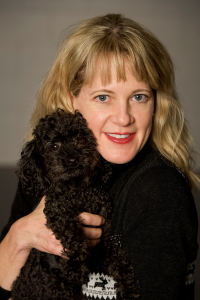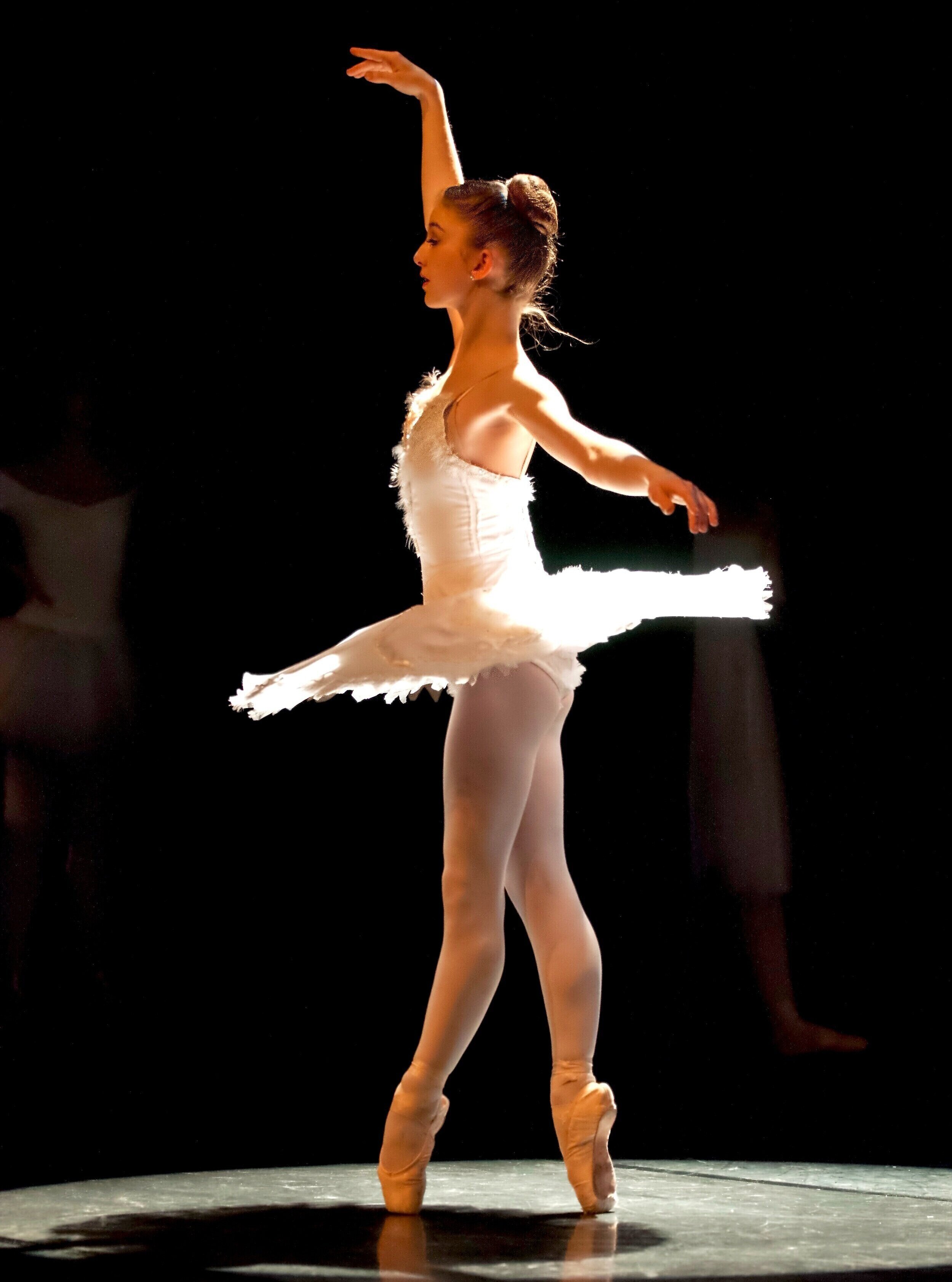Dance EXPLORES THE VITALITY OF LIFE ITSELF
CatchingART dancers with choreography by Astrid Sherman 2016
CatchingART dancers with choreography by Astrid Sherman 2016

Astrid Sherman trained with Helen McBride, Joey Saayman, Kenny Smith and Beryl Alison in South Africa before graduating from the Pretoria Technikon School for the Performing Arts and dancing professionally with the NAPAC Ballet Company. After immigrating to Canada in 1997, she co-founded Pro Arte Centre in Vancouver BC, focusing her teaching in Classical and Contemporary Ballet and gaining her Fellowship teaching qualification (their 4th teaching examination) with the Imperial Society of Teachers of Dancing (ISTD). Her graduates were accepted into numerous companies and prestigious postgraduate programs within Canada, the United States and Europe including, to name a few: Juilliard, Les Ballets Jazz de Montréal, Ballet BC, Les Grands Ballets Canadiens, Alberta Ballet, Philadanco, Ballet Theatre UK, Ballet Jorgen, Twyla Tharpe Dance, Joffrey Ballet, Rudra Bejart, Hungarian National Ballet, National Ballet School of Canada Graduate Program, Dutch National Ballet School, Rambert and Mark Morris Dance. Her students were awarded BC Provincial titles and often recognized for outstanding artistry and technical ability as finalists in internationally acclaimed competitions such as YAGP (New York), the Genée International, ADC IBC (USA), Ballet Beyond Borders (USA) and Tanzolymp (Germany).
After winning various choreography awards, Astrid was able to fulfill her commitment of using dance to affect change through choreography and collaboration using her Pro Arte and CatchingART company dancers in various projects with Cecil Hershler of Education without Borders for the “Global Arts Festivals”, “World Kindness Festivals” and “Woza” performances. She also worked closely with Canadian composer Michael Conway Baker for various commemorative pieces with the Lions Gate Sinfonia and the Vancouver Metropolitan Orchestra, and with Canada’s Gillian Hunt of Pandoras Vox & Espiritu choirs.
Astrid has a keen interest in dance science and holistic training for healthier and stronger dancers. She undertook a BSc in Kinesiology to increase her knowledge and awareness of sport science research that could be applied to dance. Her school was recognized for its Holistic Training Program. She has been selected and invited to present research and workshops at international conferences around the world including for the International Association of Dance Medicine & Science (IADMS) in Birmingham, Singapore, Pittsburgh, Houston & Montreal and Healthy Dancer Canada in Vancouver and Toronto. Her research has also been published in the Journal of Dance Medicine and Science and the IADMS Dance Teacher’s Bulletin. Astrid is currently serving on the Dance Educators’ Committee for IADMS and was the organizer for various regional IADMS conferences for teachers in Vancouver, Johannesburg and Cape Town (Mexico City is in plans for 2024). She has also coordinated various virtual Outreach events for IADMS in collaboration with Ballet Beyond Borders (BBB) and the Imperial Society of Teachers of Dance (ISTD) targeting teachers and competitive dancers.
August 2019 saw Astrid relocating to Los Angeles, California and taking on the new role of International Representative with the Imperial Society of Teachers of Dancing (ISTD) for North America, Mexico & the Caribbean. She completed an MA in Professional Practice at Middlesex University in 2021 and continues to act as the Dancer Wellness Advisor for Ballet Beyond Borders. Currently in 2023, residing between LA, Spain and Vancouver, Astrid enjoys guest teaching both her choreography and philosophy of ArtisticSTRONG dance science training for young dancers at local schools as well as mentoring a handful of young up and coming young dancers privately via Zoom.

Teaching Philosophy
Astrid Sherman
As ballet teachers, we hardly want to report our teaching story as how Haraldsen et al. (2020) describes the overall talent development story: “a story mostly of thriving, striving, or just of surviving”. Surely, we can do better than this? For the next generations of dancers who will give up much of their childhood for the dream to dance, this generation of teachers and mentors owe them to go beyond ‘the way it’s always been’.
My professional ballet teaching practice has certainly evolved over twenty-six years. It has been informed by the integration of a BSc education in Kinesiology and Gerontology together with achieving a Fellowship (four practical teaching examinations) with the Imperial Ballet faculty of the Imperial Society of Teachers of Dancing (ISTD), collaborating with peers on the Dance Educator’s Committee for the International Association for Dance Medicine & Science (IADMS) and finally following a master’s degree in dance Pedagogy.
Searching through the MA literature was a wonderous journey of discovery. I meandered into a rich field of reflective and embodied learning, and with great interest, read and researched its relevance to the scholarship of teaching and learning in classical dance education. I evaluated how much I had included in my own practice over the years and reflected on space in my practice for renewed and further integration. It was with great interest to read Doug Risner’s 2019 publication that looked upon Freire’s 1970 theory of humanizing pedagogy to advocate for immersive learning experiences where teachers question their educational histories, beliefs, and values by reflecting upon and unpicking assumptions and keep considering the evolution of their teaching practice.
I became interested in the dialogue regarding the difference between a ballet training versus a ballet education. Training is seen to have greater focus on skill acquisition, discipline, professionalism, and creativity of the art, while education focuses more on the development of the individual. I am optimistically curious about Petsilas et al. (2019) contending that nowadays the idea of developing “professional self-sufficiency” is at the heart of the learning experience for young dancers. There is growing research showing how introducing reflective skills can help enable young dancers to be more empowered through their own self-knowledge rather than relying external sources. This has been demonstrated with much success in the contemporary dance context. My current personal challenge as a classical teacher is to make space for, and balance, both training and education in every ballet class for every individual.
Indeed, my final MA submission researched the “teacher” versus the “mentor” on learning outcomes, resilience and career outlook in students at varying ages and levels of training and artistic development. With no doubts, those dancers who were fortunate enough to find a mentor along the way, seemed to have thrived better, both mentally and physically, than those who were only “taught”. Worth noting is the question I asked too, how most ballet pedagogy publications today, still give extraordinarily little attention to how students learn, but rather focus almost solely on “what” teachers teach. So, if mentors “educate” and teachers “teach”, perhaps we can see the gaps, and how mentors can make a difference in individual dancer’s lives.
My overall mantra as a dance mentor for young dancers, is “perfection paralyses potential”. It is my aim to help young dancers find success, joy and hope, rather than perfection.
References:
Haraldsen, H. M., Nordin-Bates, S. M., Abrahamsen, F. E., & Halvari, H. (2020). Thriving, striving, or just surviving? TD learning conditions, motivational processes and well-being among Norwegian elite performers in music, ballet, and sport. Roeper Review, 42(2), 109-125.
Petsilas, P., Leigh, J., Brown, N. & Blackburn, C. (2019). Creative and embodied methods to teach reflections and support students’ learning. Research in Dance Education, 20(1), 19-35.
Risner, D. (2019). Activities for Humanizing Dance Pedagogy: Immersive Learning in Practice. Journal of Dance Education, DOI: 10.1080/15290824.2019.1678753
